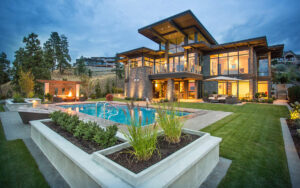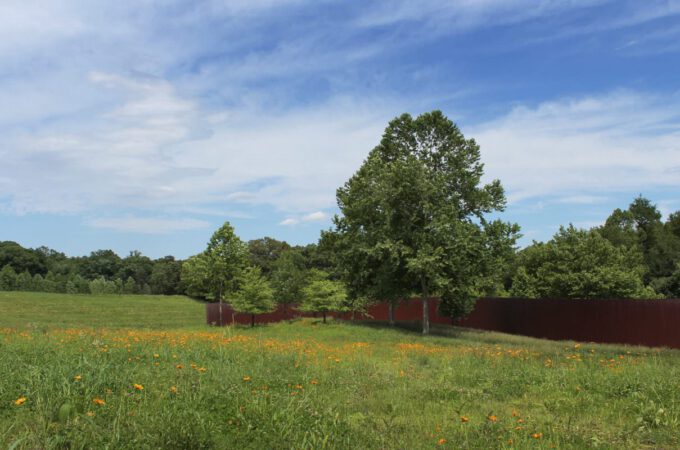Landscaping For Your Home
Landscaping can take many forms. Some people prefer a balanced mix of hardscape and softscape. Others are interested in eco-friendly, sustainable landscaping that preserves water and creates a natural habitat. Other homeowners would like a tropical, modern, or traditional garden. Still, others would like to include a swimming pool, fire pit, or outdoor kitchen. Whatever your preference, landscaping is a great way to enhance your home’s appearance.
Many manufacturing companies have incorporated landscaping into their architecture. Gardening and Landscaping can help in improving air quality in the area around the company. Plants, especially grass, are cooler than other surfaces, which decreases air conditioning costs. And you can even protect endangered species of plants with a green lawn. It all starts with a beautiful outdoor space. Consider hiring a landscaper or designer to make your outdoor space beautiful and inviting. It’s worth a try.
The job requirements for landscaping positions can vary, but generally, you need a certain amount of knowledge and experience. A landscaper can apply pesticides and fertilizers to lawns, while a landscape architect can be self-employed, though they must also complete a Landscape Architecture Registration Exam. A truck and trailer are essential items to set up a landscaping business. Tools such as clippers, shovels, and rakes are also needed.
The style of a landscaping project can range from minimalist to ultra-modern. A minimalist approach can be elegant and refined, or you can choose a more rustic, natural feel. Whatever your style, landscape design is an art that combines practical considerations with aesthetic design. You can create the perfect outdoor space for your home from flower beds to waterfalls, gardens, and lawns. So, don’t let your vision get in the way of your dreams.
Beauty is all about balance. When used correctly, color sets the mood of the overall landscape. Warm colors create a sense of excitement, while cool colors provide a calm, tranquil atmosphere. Properly placed objects create a harmonious effect, while out-of-proportion parts will only detract from the overall effect of the landscape. Ultimately, proper proportion means that your yard is beautiful and functional. There are numerous benefits to landscape design.
Residential landscapes are also important. They create the first impression for visitors and should be unified and well-balanced. They should reflect the personality of the homeowners, and the neighborhood they are in. With so many different styles, it’s important to choose the right style. This article will give you some basic guidelines for choosing the best landscaping for your home. If you’re looking for a new landscape, consider hiring a professional.
Landscapers are paid to landscape homes and other properties. They often specialize in the design, as well as garden layouts. They may even install water features or sculptures. Landscapers work with various types of plants, including trees, flowers, and grass. They also work within budgets and safety concerns. The key to a rewarding career in landscaping is to be passionate about the job. If you’re passionate about it, you might even be able to make it happen in no time.
Landscaping also helps to improve the quality of the air around us. Trees and plants absorb up to 1/3 of global emissions. Trees, for example, absorb pollution by filtering it through their leaves. With landscaping, cities can clean their air while preserving its beauty. The right tree will have a large, dense leaf and should be located in a place with high water availability and proper spacing. Consider wind patterns when choosing a tree.
A basic plan will show the lines of your property, the location of your house, and any utilities that are in or near the area. Then you can make decisions about the size and placement of outdoor features. You may want to add or remove certain features over time. Make a list of all of the features that you like, as well as those that you’d like to change or remove. Then, you can trace each of these elements on a second sheet of tracing paper and try different arrangements and sizes.
Whether your home is traditional or modern, its style should influence how you landscape it. Consider the climate, the location of your house, and the existing structures. Shade-reducing trees, for example, will make the area too hot, while strong winds will promote water loss. The soil should also be examined for its structure, texture, and nutrient content. A proper landscape design will enhance the beauty of your property. And it can also help preserve the environment.


